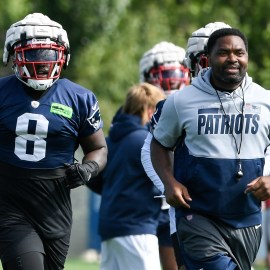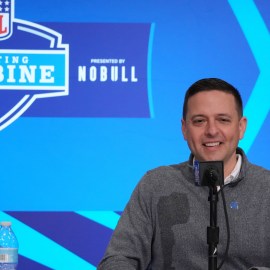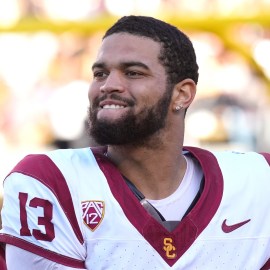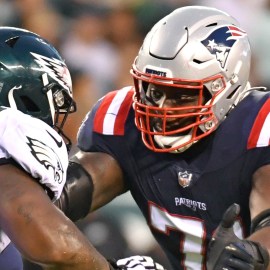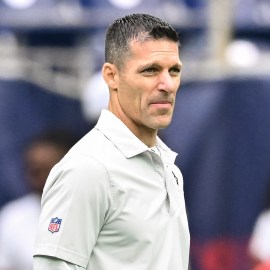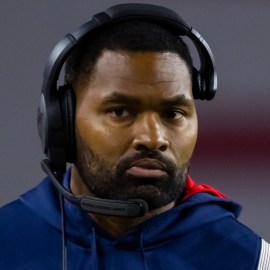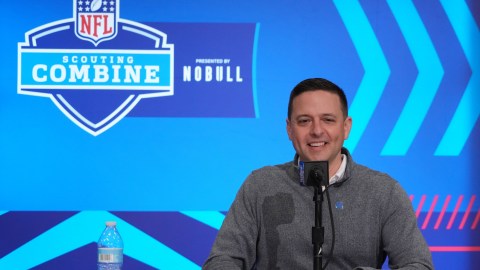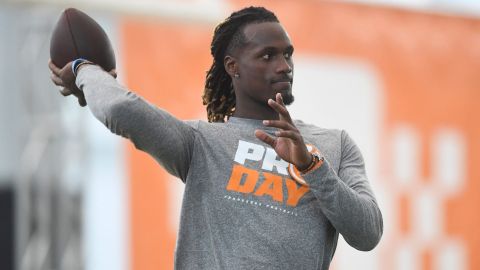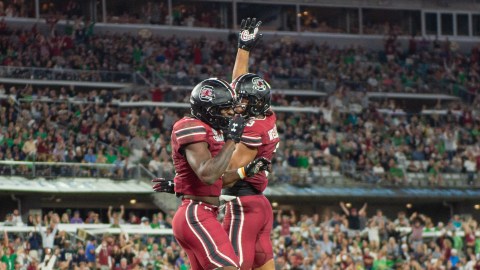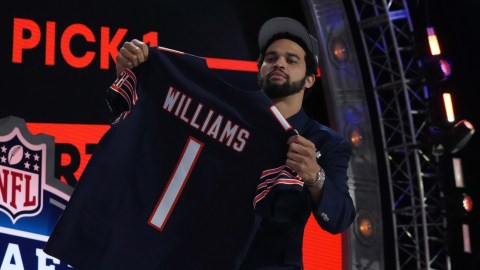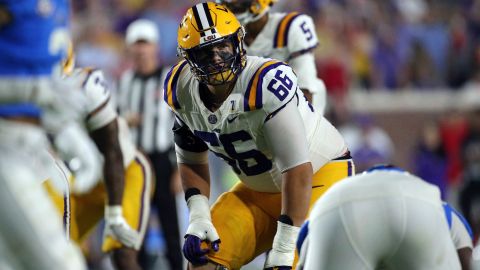If there's one thing that rings true about former Patriots head coach Bill Belichick, it's that he does things his own way.
New England allowed him that freedom without much pushback for more than two decades, which saw him build up quite the collection of information in regards to his personal preferences. It's something we even decided to start charting, giving us a pretty good glimpse into the mind of a football genius.
He's not around anymore, though.
Belichick and the Patriots mutually parted ways earlier this offseason, with new head coach Jerod Mayo and head executive Eliot Wolf splitting the responsibilities he left behind. There's still a way to find value in the information, however.
Story continues below advertisement
The Patriots could continue to follow some of these trends, or take a completely different path. That's why we decided to take a look at the most notable trends from each position across Belichick's tenure, which will tell us how much Mayo and Wolf differ from the coaching legend.
Quarterbacks
They're always slow.
If we gave you fives cracks at guessing the fastest quarterback drafted by the Patriots since 2000, there's no chance you'd name Kevin O'Connell. It's not necessarily because O'Connell was slow, but because a 4.61 forty-yard dash time is rarely the "fastest" in any capacity.
New England just didn't care very much about quarterback speed under Belichick. Tom Brady (5.30) is one of the slowest QB prospects to ever participate in the combine, while Mac Jones (4.83) and Jimmy Garoppolo (4.97) were chosen under the assumption they'd become future starters despite having cement feet. It's a near certainty this trend will be changing.
Story continues below advertisement
More Combine
Running Backs
They all look a little something like Stevan Ridley.
It seems like there's an athletic marvel at the running back position that comes out of every combine. Derrick Henry was and still is a freak athlete. Chris Johnson was the fastest player in the combine's history for awhile. The Patriots don't really care about any of that.
Stevan Ridley was listed at 5-foot-11, 225 pounds coming out of the combine, which is pretty close to the average of all 13 running backs selected by New England since 2000. They always focused more on the film than the testing numbers.
Wide Receivers
The old "quicker than fast" cliché.
Story continues below advertisement
Julian Edelman (3.92) and Deion Branch (3.78) posted two of the fastest short shuttle times in the history of the combine. Chad Jackson (4.03), Josh Boyce (4.10), David Givens (4.13) and Braxton Berrios (4.18) weren't too far behind. The Patriots always valued agility and short-area quickness over long speed under Belichick.
Tight Ends
They weigh somewhere in the 250s.
This one is kind of freaky. The Patriots selected 14 tight ends between 2000-2023, and only four of them weighed outside the 250-to-259-pound range. It's harder to find prospects that way that much nowadays, with most clocking in right around 240 pounds. That's just the way of the league, so New England will have no choice but to adjust.
More Patriots
Offensive Lineman
It's all about length.
Story continues below advertisement
The Patriots have always prioritized length from their offensive lineman, with Nate Solder (35.5 inches), Ryan O'Callaghan (35.5) and Adrian Klemm (35) all surpassing the "freak" threshold in terms of arm length. Michael Onwenu, Marcus Cannon, Sebastian Vollmer each surpassed 34 inches, as well. It's hard getting past a guy you can't reach.
Defensive Lineman
They don't have hands, they have mitts.
Deatrich Wise has 10.5 inch hands, and he's just one of 11 total defensive linemen drafted by the Patriots since 2000 to be able to claim having hands nearly the size of Kawhi Leonard's.
Linebackers
Who cares if they're undersized?
Story continues below advertisement
The Patriots have never really factored size into their evaluation of linebackers, with Dont'a Hightower being one of just three drafted by New England in this span to weigh more than 250 pounds. Just look at Marte Mapu and Elandon Roberts.
Defensive Backs
It's also all about length, but this time with much less weight.
If you thought Nate Solder had long arms, just imagine if he kept that length but was 10 inches shorter. That was the case with Willie Andrews, who New England selected in 2006. The majority of Patriots defensive backs over the last couple of decades had 32-inch-or-longer arms.
Featured image via Kirby Lee/USA TODAY Sports Images
